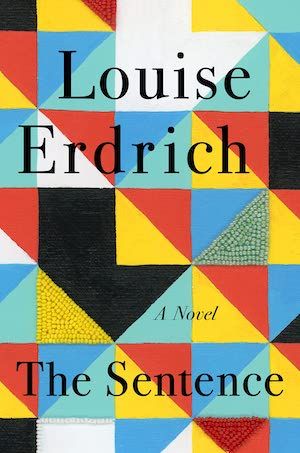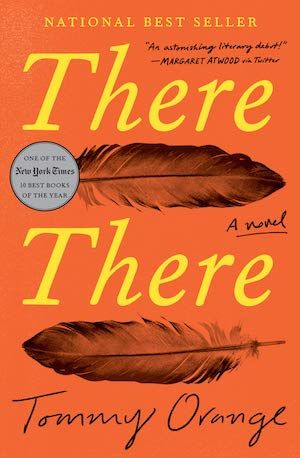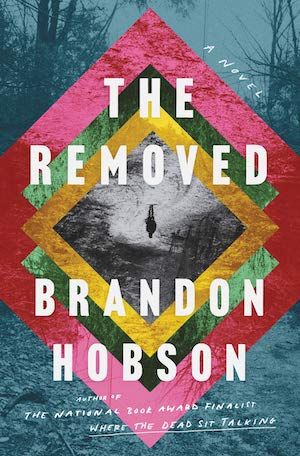What is it?
Simply, urban Indian literature is literature by Native American writers set in an urban setting. Put another way, it’s literature by Native American writers that isn’t set on a reservation. As an important note, the label “urban Indian literature” is a critical term coming out of Native American literary studies. However, the word “Indian” on its own as a descriptor for Native North Americans is steeped in violent and racist histories. So while this is a critical term used to describe a large body of literature, the word “Indian” remains one that, generally speaking, should really only be employed by Indigenous peoples.
Why does it exist?
That might seem like a strange distinction to make. For instance, there isn’t really a corresponding body of literature referred to as “urban Asian American literature” or “urban Black literature.” So why does this distinction exist where Native American literature is concerned? Because: stereotypes. As many Indigenous writers and scholars have discussed, there is a pervasive idea of what American Indians look like in the national imaginary. It’s a stuck-in-time image that usually involves buckskins and feathers and some sort of weapon (men) or sexual availability (women). Several years ago, Indigenous sketch comedy group The 1491s used satire to criticize this insidious image (and the attendant issue of cultural appropriation) in their comedic music video “I’m an Indian, Too.” An important book that delves into the historical (mis)uses of stereotypical images about Native Americans is Philip J. Deloria’s Playing Indian. Deloria looks at the ways white Americans have employed their own concept of Native Americans in pursuit of developing U.S. American national identity. He touches on everything from the Boston Tea Party to the Cold War, looking at the ways white American national identity has been constructed through and against its own perception of Native American identity. With a stronger focus on contemporary life, in The Truth About Stories Thomas King shares his personal experiences with trying to make himself fit into the slightly more updated version of the stereotype (involving braided hair and bone chokers). It was a painful learning experience for him, and one that forced him to negotiate his own identity as a Cherokee and Greek man. Similarly, in Everything You Know About Indians is Wrong, associate curator at the National Museum of the American Indian in Washington, D.C., Paul Chaat Smith contends with the flatness of popular images of American Indians in art and film. In the process, he also shares some of the impactful work contemporary Native American artists are doing.
Why should I read it?
The simple answer to this question is that there’s a lot of great work being written that falls into the broad category of “urban Indian literature.” But, of course, there’ s a more complicated answer to this question, too. Laura Furlan’s scholarly monograph Indigenous Cities: Urban Indian Fictions and the Histories of Relocation advances the perspective that depictions of Native Americans and the urban experience are crucial for understanding Indigenous peoples in the U.S. today. She points out the problems with the reservation as the dominant space in defining Native Americans in literature (and beyond), especially given that the majority of Native peoples in the U.S. do not live on reservations. She also traces the histories of major metropolitan spaces in the U.S., reminding readers that these spaces are both situated on historically Native lands and also grew out of existing Indigenous centers of commerce and culture. With those ideas in mind, urban Indian literature is an important body of work that updates images of Indigenous peoples in the popular imaginary even as it redefines urban experiences in terms of resistance.
Some “Urban Indian Literature” To Get You Started
Suggestions for Further Reading
If you want more Native American literature that breaks from tired tropes, check out this post on “Contemporary Native Literature: Looking Beyond the ‘Indian du jour.’” Another way to look beyond the ordinary could be to read some of the suggestions on the list “9 of the Best Books by Native Alaskans and Hawaiians.” Whatever you decide to read, consider supporting Indigenous booksellers. You can support a local business if there’s one near you, or order from one of the businesses featured in the post Indigenous Owned Bookstores You Need to Visit.


